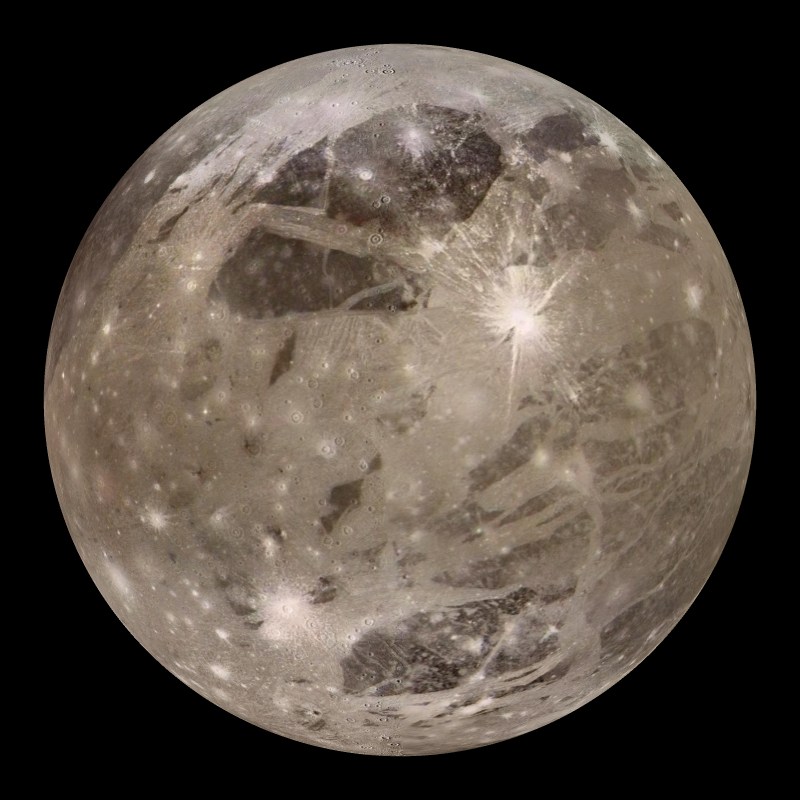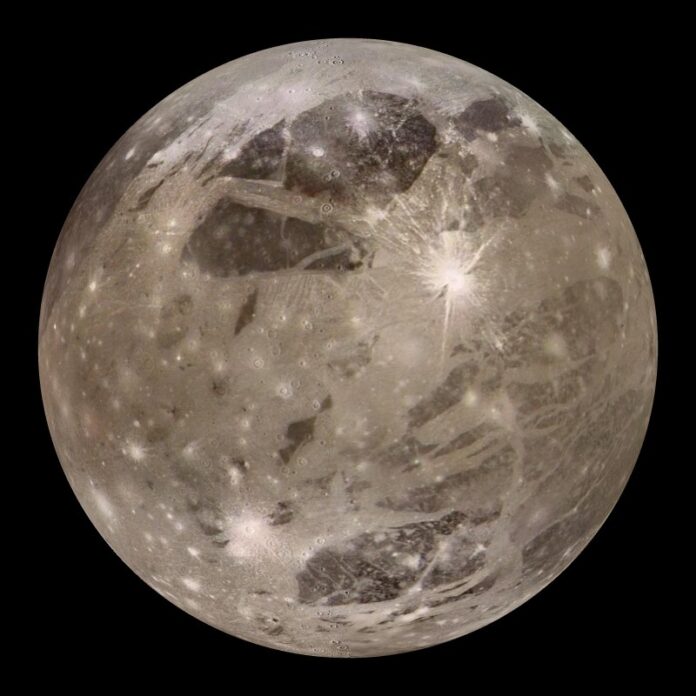
With Europa and Enceladus getting most of the attention for their subsurface oceans and potential to host life, other frozen worlds have been left in the shadows—but the mysterious Jovian moon Ganymede is now making headlines.
While Ganymede hasn’t yet been observed spewing plumes of water vapor like Saturn’s moon Enceladus, Jupiter’s largest moon is most likely hiding an enormous saltwater ocean. Hubble observations suggest that the ocean—thought to sit under 150 km (95 miles) of ice—could be up to 100 km (60 miles) deep. That’s ten times deeper than the ocean on Earth.
Ganymede is having a moment because NASA’s Juno mission observed salts and organic compounds on its surface, possibly from an ocean that lies beneath its crust of ice. While Juno’s observations can't provide decisive evidence that this moon has an ocean that makes Earth look like a kiddie pool, the Juno findings are the strongest evidence yet of salts and other chemicals making it to the exterior of Ganymede.
Read 8 remaining paragraphs | Comments
Ars Technica - All contentContinue reading/original-link]




